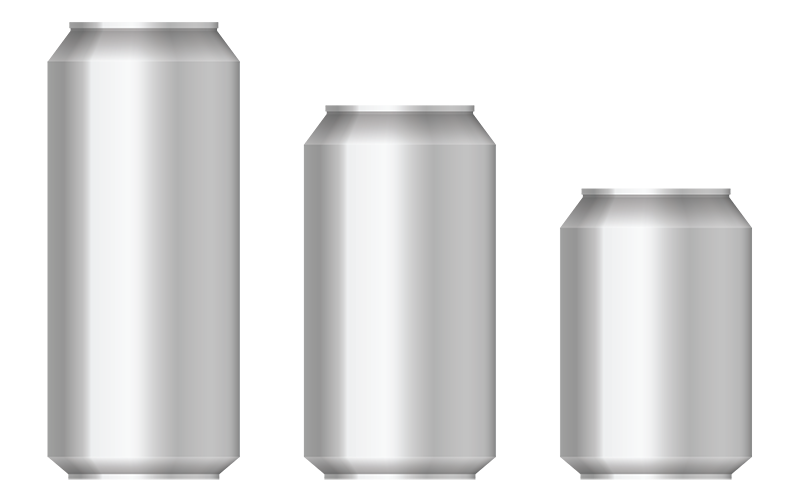Ready-to-Drink (RTD) Alcohol Beverages
Why It Matters
There are many new beverage types on the market like alcopops and ready-to-drink (RTD) cocktails, defined as flavored alcohol beverages that are sweet or carbonated giving the taste and experience of drinking a soda, seltzer water, fruit juice, lemonade, or tea.
Minors are attracted to these because the drinks contain enticing flavors, stand out with colorful packaging, and are heavily marketed in social media.
However, everyone should be aware that alcopops and RTDs often contain more than one serving of alcohol and even up to five servings in one can!
Read the 'Alcopops: Easy to Drink and Difficult to Avoid' Whitepaper (PDF)
Important Information About Alcopops/Ready-to-Drink Cocktails
What Can We Do?
To Limit Consumption:
- Increase alcopop tax in line with distilled spirits12
- Eliminate the sale of cold, single-serving alcohol products through municipal ordinances14
- Prohibit sale of alcohol beverages at gas stations and convenience stores14
To Limit Advertising & Harmful Sales Practices:
- Prohibit alcohol beverage placement below three (3) feet14
- Prohibit alcohol beverage placement near child-oriented products such as toys, sodas, snacks, and near healthy foods such as the produce display12
- Do not allow alcohol beverage ads on municipal property10,11
- Local adoption of stricter sign codes limiting size and placement14
- Adopt Municipal ordinances to not allow alcohol products in the same cooler as nonalcoholic products14


